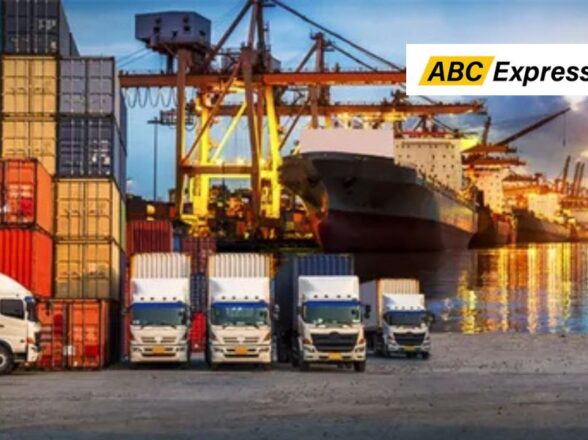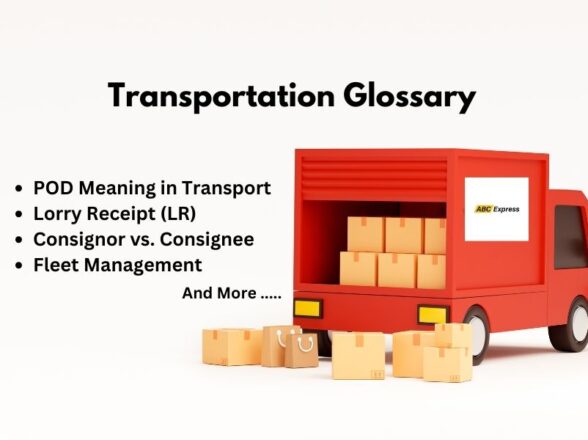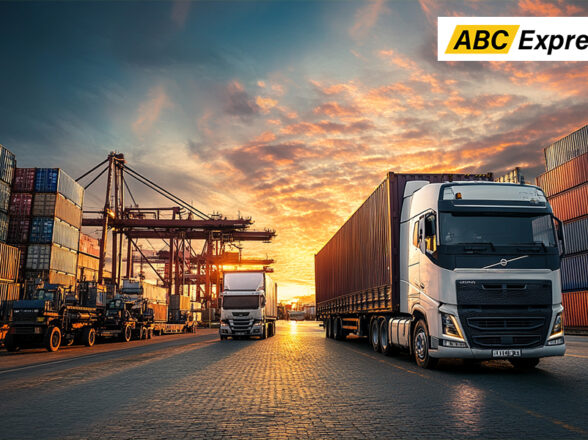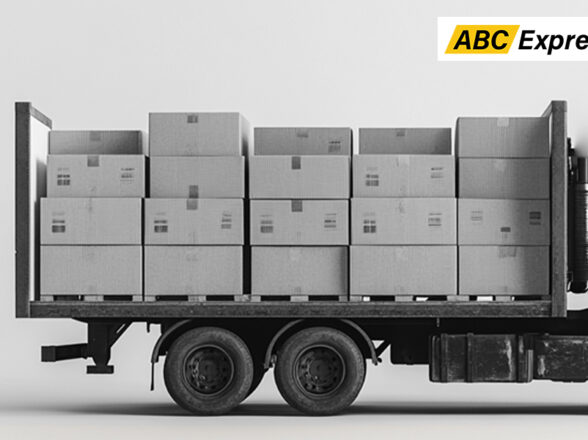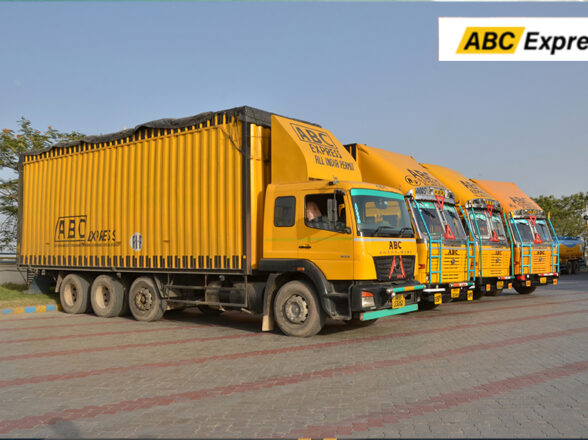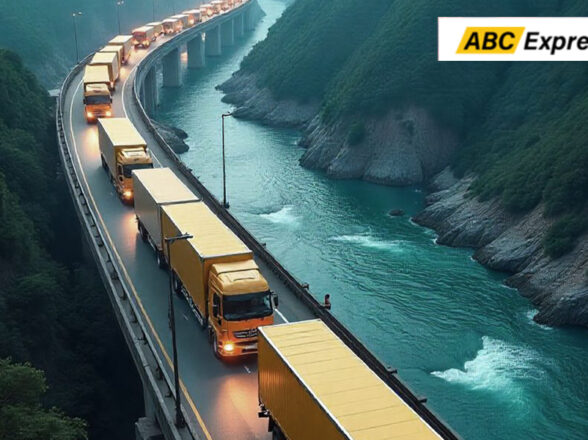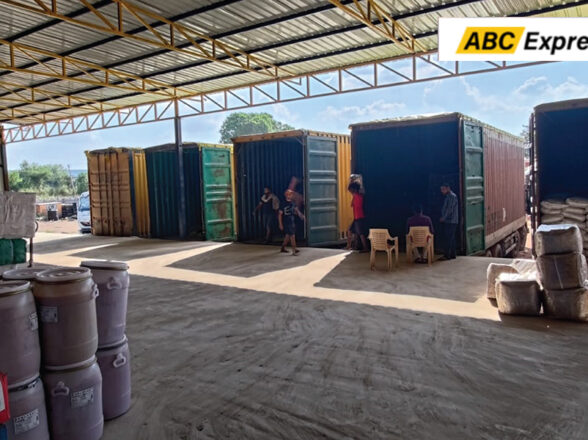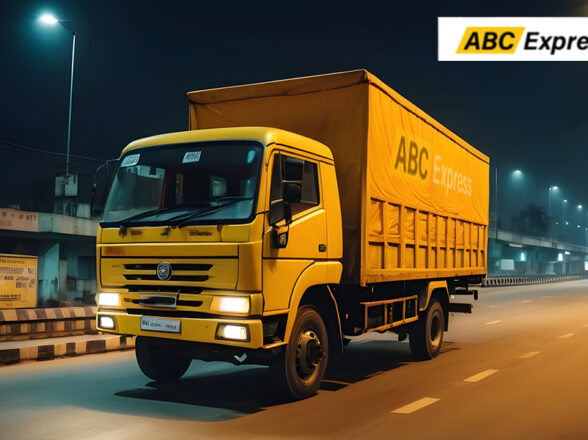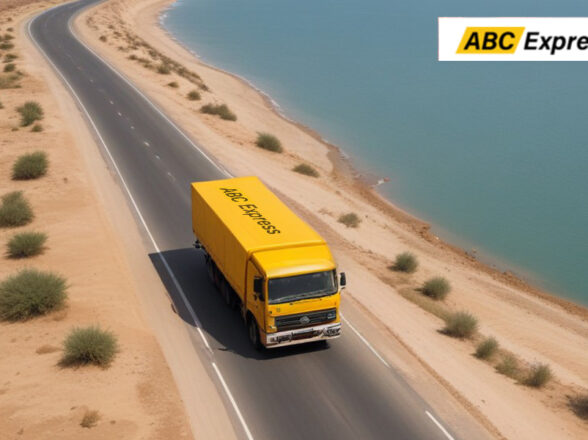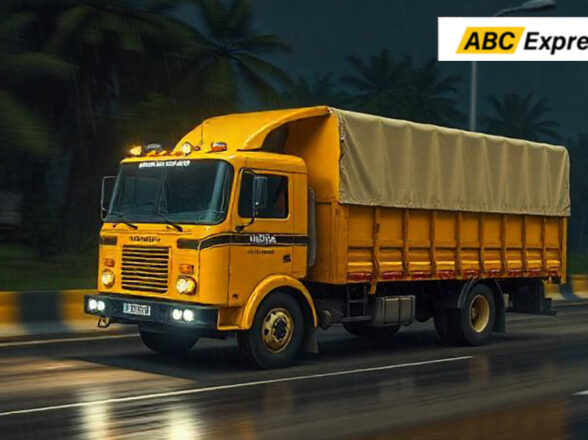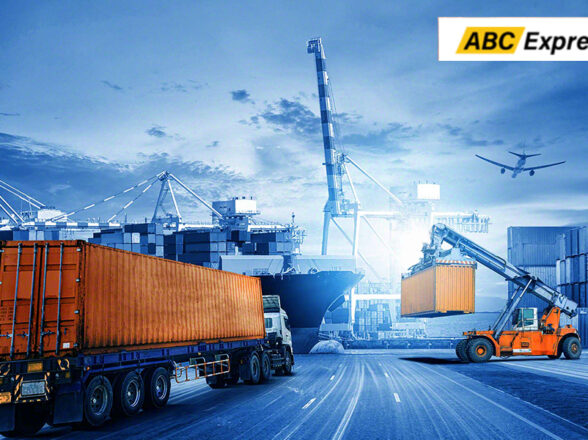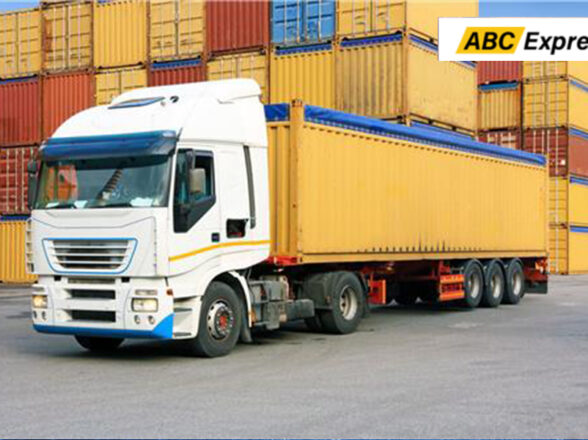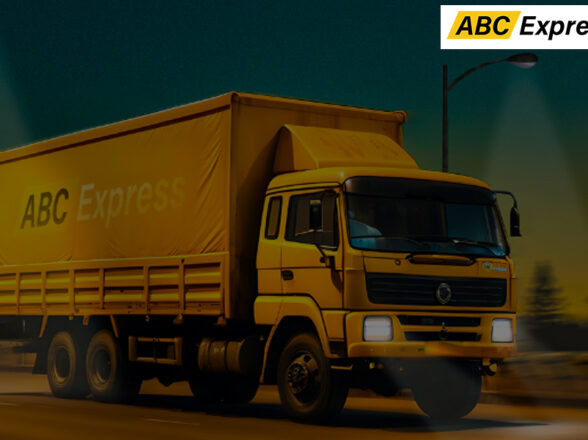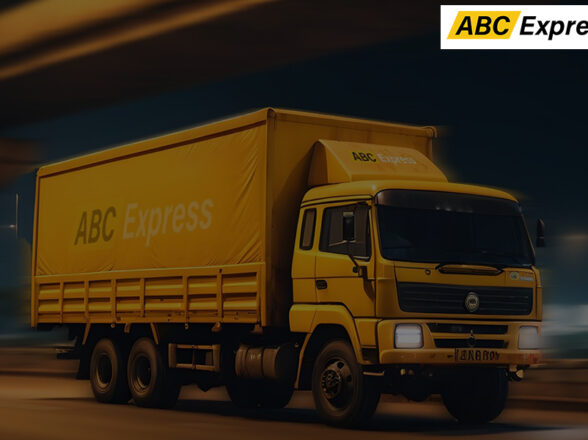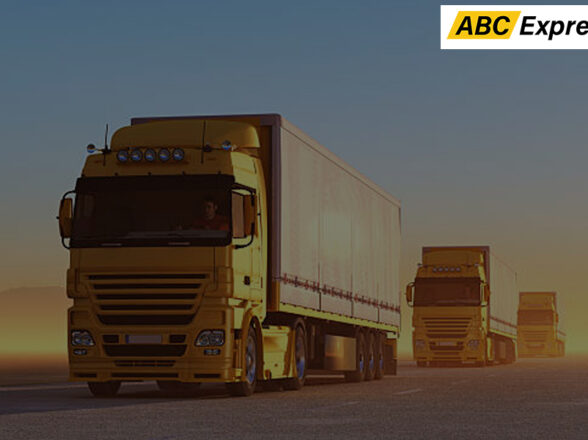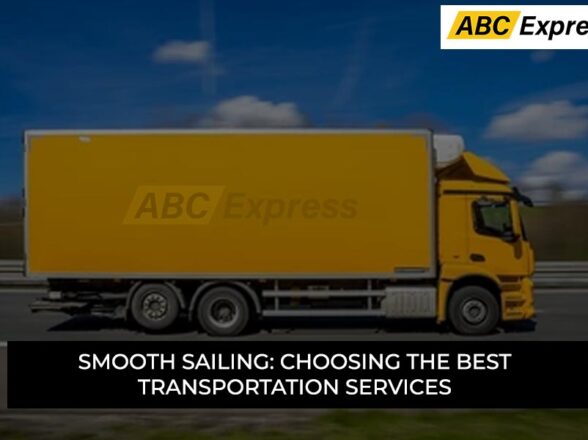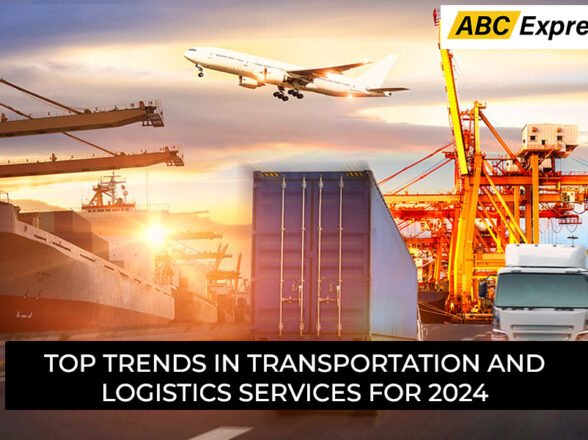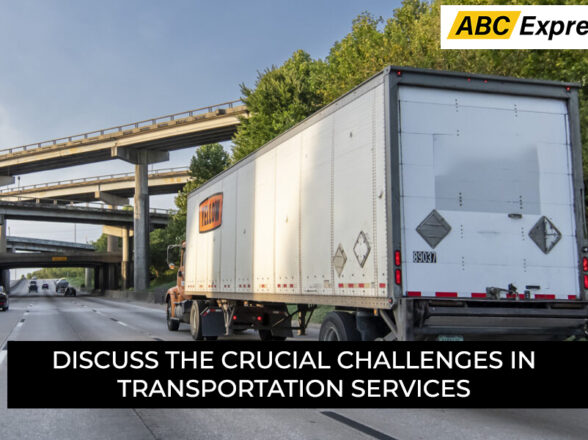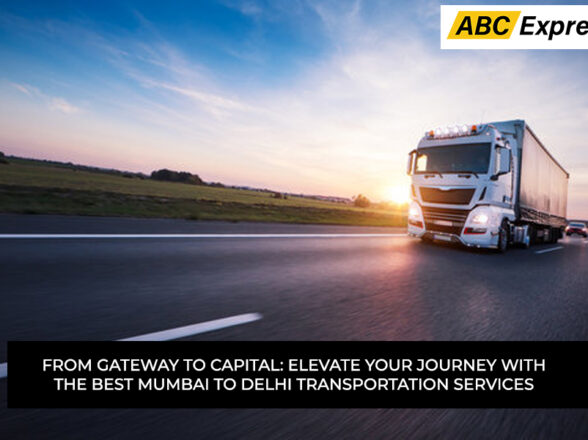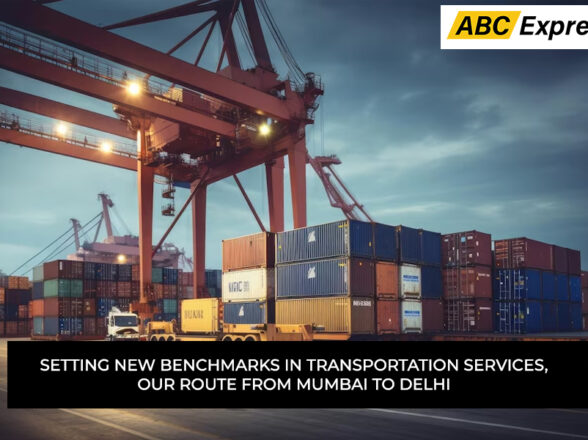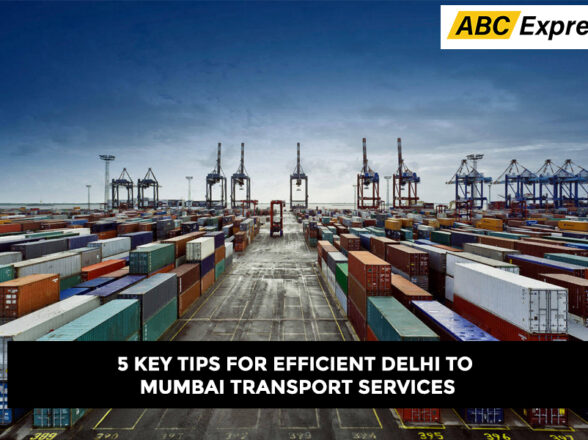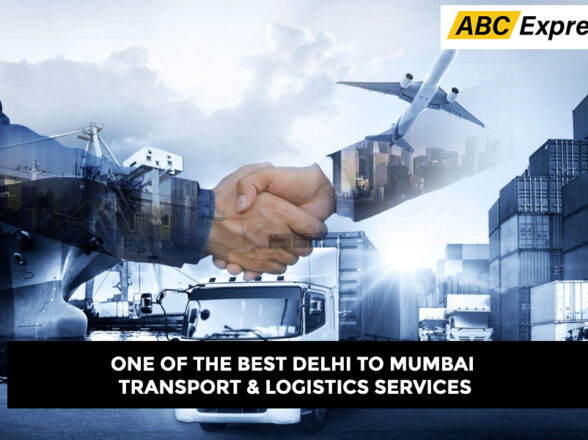The Pros and Cons of Transportation Services: A User’s Perspective

Navigating the world of transportation services has become an integral part of my daily life, whether for personal errands or professional commitments. Having extensively used services from companies like ABC Transport, I have experienced firsthand the myriad advantages and disadvantages these services offer. Here’s a comprehensive look at the pros and cons of transportation services from my perspective.
Pros of Transportation Services
Convenience
One of the most significant benefits of transportation services is the convenience they offer. Whether it’s a taxi, ride-sharing service, or a private car service, having access to on-demand transportation eliminates the need for owning a car. This is particularly useful in urban areas where parking can be a hassle.
Cost-Effectiveness
In many cases, using Delhi to Mumbai transport services can be more cost-effective than owning a vehicle. Consider the costs associated with car ownership: purchase price, insurance, maintenance, fuel, and parking fees. By using transportation services, I can avoid these expenses and only pay for transportation when I need it.
Time Efficiency
Transportation services can save a considerable amount of time. With options like ride-sharing apps, I can quickly book a ride without waiting for a bus or train. This is especially beneficial during peak hours when public transportation is crowded and delays are common.
Safety and Reliability
Reputable transportation services prioritize safety and reliability. Professional drivers are typically well-trained and adhere to safety regulations. Moreover, the vehicles are maintained regularly, ensuring a safe journey. This reliability is reassuring, especially when traveling in unfamiliar areas.
Environmental Benefits
Transportation services, especially ride-sharing and public transportation, can contribute to reducing the number of vehicles on the road. This reduction in traffic congestion and emissions is beneficial for the environment. Some services even offer eco-friendly options, such as electric or hybrid vehicles.
Cons of Transportation Services
Cost Variability
While transportation services can be cost-effective, the pricing can vary significantly. Surge pricing during peak times or high-demand periods can make rides more expensive. This unpredictability can be a disadvantage, especially when budgeting for regular use.
Limited Availability
In some areas, especially rural or less-populated regions, transportation services may have limited availability. This can result in longer wait times or the inability to book a ride when needed. I’ve experienced this firsthand when traveling to remote locations.
Lack of Control
Using Delhi to Mumbai transport services means relinquishing control over certain aspects of the journey. For instance, I can’t always choose the route or make impromptu stops. Additionally, the comfort and cleanliness of the vehicle can vary depending on the service and driver.
Dependency on Technology
Most modern transportation services rely heavily on technology, such as smartphones and GPS. This dependency can be a drawback if there’s a technical issue, like a dead phone battery or poor signal. In such cases, arranging transportation can become challenging.
Privacy Concerns
Privacy can be a concern with transportation services, particularly ride-sharing. Sharing a ride with strangers or providing personal information to a service can raise safety and privacy issues. While many services implement security measures, it’s still something to consider.
Conclusion
Transportation services offer a blend of convenience, cost-effectiveness, and environmental benefits that can significantly enhance your daily commute or travel experience. However, they also come with challenges such as cost variability, limited availability, and privacy concerns. Understanding these pros and cons from a user’s perspective helps in making informed decisions about when and how to use Delhi to Mumbai transport services effectively. Balancing the benefits and drawbacks ensures that you maximize the advantages while mitigating potential downsides.


